Max Littman, LCSW
October 18, 2025
In Internal Family Systems, the inverted triangle diagram has become a familiar shorthand for the relationship between parts. Managers and firefighters sit at the two top corners, often seen as opposed or polarized, while exiles rest at the lower point. Self is represented as a circle centered within the triangle. It can be interpreted as a steadying presence that can reach each corner, each part, equally. The triangle itself can evoke both balance and gravity: energy pulled downward into the weight of pain, effort pulled upward into the work of protection.
Daniel Siegel and his colleagues, in Personality and Wholeness in Therapy, describe three major sets of needs that affect our personality: agency, bonding, and certainty. These can be placed alongside the IFS triangle as a complementary lens. Each set of needs, what Siegel and colleagues call vectors, represents a deep organizing current of human experience, shaping both our neural wiring and our internal system of parts. When viewed through the IFS diagram, agency aligns with firefighters, bonding with exiles, and certainty with managers.
Agency and Firefighters
Firefighters spring into action. Their very nature is movement, interruption, and impulse. They push toward agency when it has been blocked: doing something, anything, to stop the burn of emotional pain. Or, in unburdened systems, reacting with joyous spontaneity. This instinct mirrors Siegel’s vector of agency—the need to influence, to assert, to act upon the world rather than only be acted upon. When agency is unintegrated, it manifests through urgency and control; when reclaimed by Self, it becomes vitality and creativity.
When burdened, firefighters carry the memory of times when agency was punished or feared. They may flood the system with distraction, pleasure, or intensity to seize influence in situations that feel unsafe. Beneath their eruptions lies a longing to act from freedom rather than reactivity.
Bonding and Exiles
Exiles are bound to the human need for bonding. They carry our original reaching: the instinct to be met, held, and known. Siegel’s vector of bonding describes how the brain grows through connection, how our earliest neural pathways are sculpted by the quality of attunement we receive. When those bonds fracture, exiles absorb the pain and confusion that follow, encoding it as unworthiness, shame, or fear.
When Self approaches them with curiosity and warmth, the vector of bonding is reawakened in its pure form—the ability to trust closeness without losing oneself, to rest in relationship without collapse or fusion.
Certainty and Managers
Managers are planners, analyzers, and organizers of the inner world. They serve the need for certainty: the brain’s need to predict, to stabilize, and to make meaning out of chaos. They try to guarantee safety through order. Certainty, in its healthiest state, helps us orient and prepare; in its extreme, it constricts possibility. Managers often carry the legacy of environments where unpredictability was dangerous.
When Self energy infuses this vector, certainty transforms into coherence—the sense of internal alignment that does not require control.
The Middle Circle
Self doesn’t abolish these needs but harmonizes them, allowing agency to express without destruction, bonding without engulfment, and certainty without rigidity.
The Personality Pathways
Siegel and colleagues offer a framework that connects these vectors of need with the Enneagram. Personality, in this view, is not a fixed identity but a set of habitual verbs—ways of moving through the world. Each of the three vectors branches into three directions, forming nine pathways of meeting our basic psychological needs. These pathways can unfold internally, relationally, or both, giving rise to what we recognize as the nine personality types.
Seen this way, the Enneagram becomes a map of how neural pathways organize around the basic drives for agency, bonding, and certainty. Each system tends to lead from one of these vectors, and that orientation colors how parts express themselves, how a person appears externally, and what one experiences internally.
A system led by agency may lean toward firefighter energy—creative, spontaneous, and sometimes reactive. A system led by bonding carries more of an exile tone—sensitive, vulnerable, and deeply attuned. A system led by certainty moves with managerial precision—structured, planning, organized, and, depending on burdens, rigid. None of these orientations are inherently problematic; they become distorted only when burdened by pain or trapped in chronic stress.
When life conditions are supportive and Self energy is accessible, the system can move fluidly among all three vectors, responding to each moment as needed. But when burdens intensify or external pressure mounts, pathways narrow. The creative becomes impulsive, the sensitive collapses, the structured tightens. The same neural grooves that once offered stability can harden into ruts.
Recognizing this interplay between neural pathways, personality patterns, and parts helps reveal that what we call “personality” is itself a choreography of protection and connection—an adaptive pattern shaped by both internal and environmental demands.
Parts Cannot be Easily Categorized
All this being said, the mapping of Siegel’s vectors onto the IFS triangle is imperfect. Managers, firefighters, and exiles are in motion and are complex living beings. They shift and overlap depending on context. Some firefighters protect certainty through decisive action, some managers enforce bonding through compliance, and some exiles hold agency in its purest form—an insistence that life continue. The triangle is an instructive symbol, not a taxonomy.
Moreover, the three vectors are not always distinct. They are evolutionary currents present in every system. Every part, in its own way, is trying to meet these needs. What matters most is that wholeness involves restoring the flexibility to move among the corners with fluidity and harmony.
Architecture of Being
When the triangle, parts and vectors are seen together, they reveal a shared truth: beneath every protective strategy and every wounded impulse lies the same architecture of being. We are built to act, to connect, and to understand. When Self leads, these needs no longer compete. They form the shape of a life that is both grounded and alive, coherent and free.
For feedback and comments, I can be reached at max@maxlittman.com.
I provide consultation and therapy for therapists.
Purchase my new book IFS Therapy for Gay and Queer Men here.
